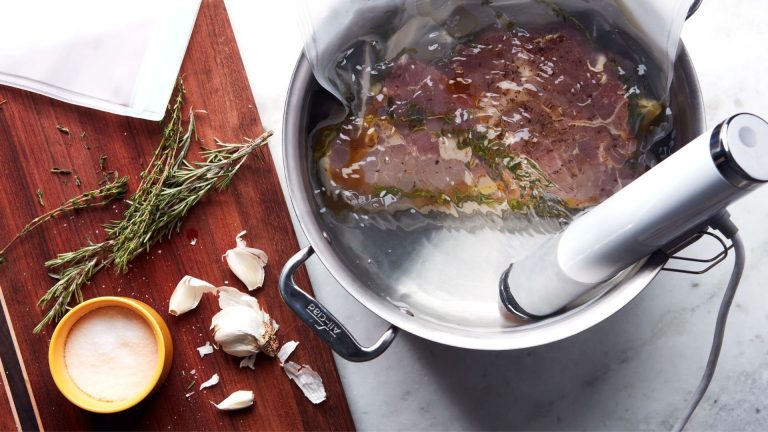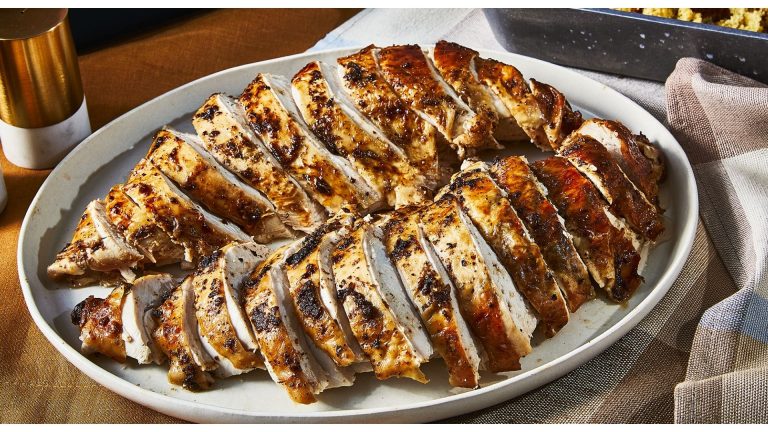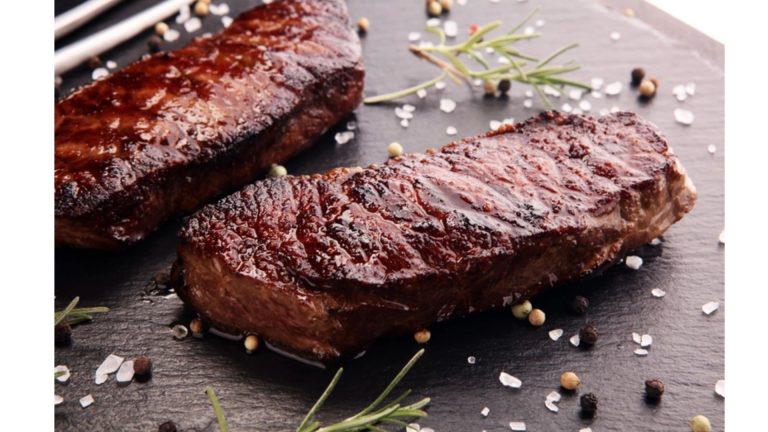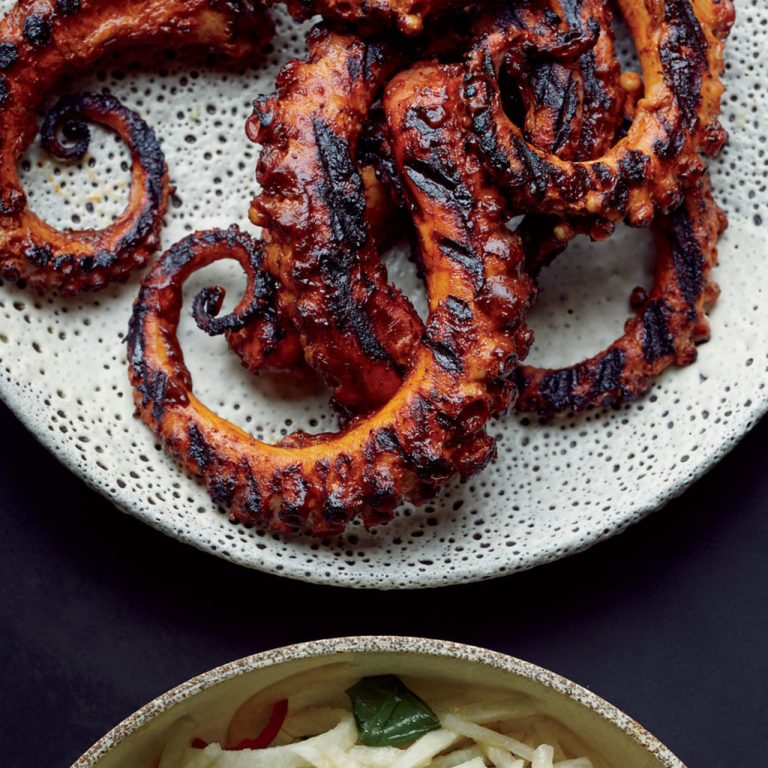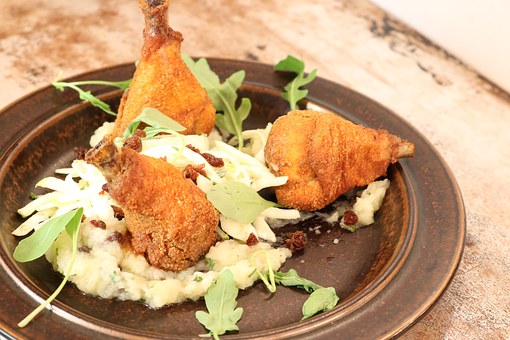How to Sous Vide Pork Tenderloin
This is the most amazing way of cooking pork. You will never want to cook your pork in any other way because it tastes different and juicy.
Sous vide is one of the most popular techniques that has been used for years. This technique is mostly used for fish, but it can be used for many other types of meat as well.
In this article, we will learn about how to make sous vide pork tenderloin and how long it will take.
Table of Contents
Why Cook Pork Tenderloin Sous Vide?
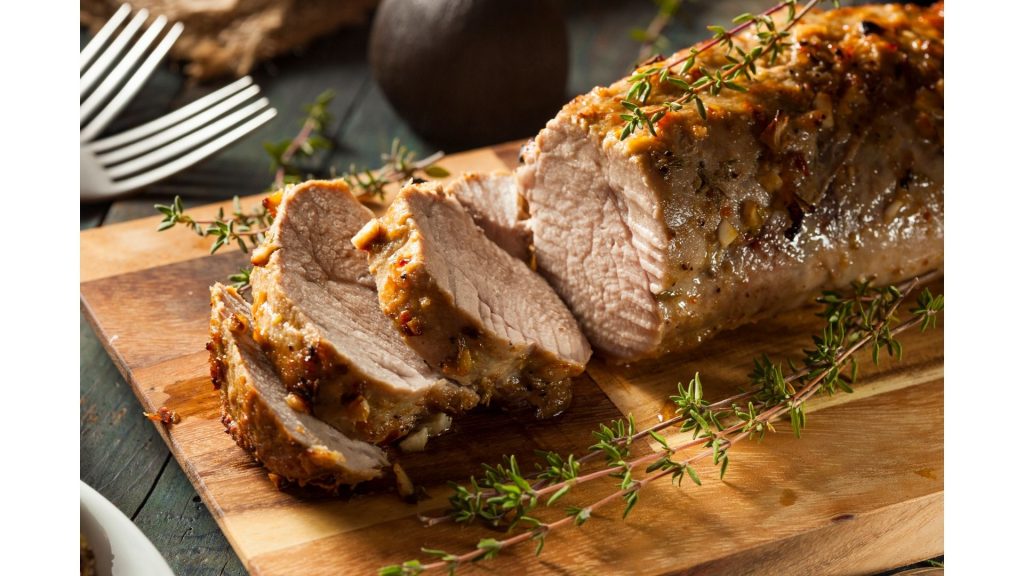
It may seem obvious, but pork tenderloin is the beef tenderloin of the pork world and it comes with all of the same features, both good and bad.
It’s the tenderest cut of meat on the hog.
It’s a muscle that is rarely used in the pig’s lifetime, and it’s mildly flavored, to the point of being almost bland.
It is very lean, which makes it difficult to cook evenly because lean meat conducts heat faster than fat meat, which leads to a higher chance of overcooking. overcooked tenderloin is particularly difficult to swallow because of its leanness.
Both of the problems have been solved by cooking sous vide.
Adding aromatics or spices to the sous-vide bag along with the pork is a great way to build the flavor into the meat. It’s possible to cook pork pink or gray with complete control, even if you don’t like the color.
How Long to Sous Vide Pork Tenderloin?
The texture and juiciness of the finished product are directly related to the temperature at which it is cooked. Pork begins to firm up around 120F (49C) when the temperature goes up, with its firmness and dryness increasing as the temperature goes up.
Here’s a chart to help you decide:
| Temp and Time | Doneness | Result |
| 130°F/54°C for 1 to 4 hours | Medium-rare | Buttery-tender; very juicy |
| 140°F/60°C for 1 to 4 hours | Medium | Firm but still tender; moderately juicy |
| 150°F/66°C for 1 to 4 hours | Medium-well | Fully firm; moderately juicy |
| 160°F/71°C for 1 to 4 hours | Well-done | Dry, with a firm, tacky texture |
With sous vide cooking, you have complete control over how your pork is cooked, so pick the desired temperature and go!
Is pink pork safe?
Pork is just as safe to eat as beef is, especially for the elderly, pregnant, or young people. The risk of illness from consuming rare pork is very minimal if you cook it properly, cut it cleanly and sear it before serving.
You have another advantage, pasteurization, with sous vide cooking. At 130F (54C), the surface of that pork is being destroyed by the bacteria. It is becoming safer to eat whenever it is in the cooker.
The rate of destruction is more rapid when the temperature is higher. Because of this, sous-vide is a great introduction to the world of rare pork.
How to sous vide pork tenderloin?
Follow these steps to cook sous vide pork tenderloin.
Ingredients needed
- 1 whole pork tenderloin, about 1 pound (450g)
- Kosher salt and freshly ground black pepper
- 6 to 8 sprigs of fresh herbs, such as fresh thyme, oregano, or rosemary, divided (optional)
- 2 garlic cloves, divided (optional)
- 2 small shallots, sliced, divided (optional)
- 1 tablespoon (15ml) vegetable, canola, or rice bran oil
- 1 tablespoon (15g) unsalted butter
Steps to follow
- Preheat a water bath to the desired finishing temperature by using a Sous Vide machine.
- Pork should be seasoned liberally with salt and pepper.
- Half of the herbs, garlic, and shallots should be placed in bags along with half of the food.
- Place bags in the water bath for the time recommended in the chart.
- Open your windows if you want to turn on your vent. Pork should be removed from the water bath and bag.
- If you want to make the optional pan sauce, reserve liquid from the bag. To dry pork, pat it dry with paper towels.
- Add vegetable, canola, or rice bran oil to a heavy cast-iron skillet, place it over the hottest burner you have, and preheat it until the skillet starts to smoke.
- You can put pork in the skillet using your fingers or tongs. Cook and turn occasionally, until it becomes brown on both sides.
- When pork is mostly brown, add butter and reserved half of garlic, shallots, and herbs, and cook in a pan with a spoon, until pork is well brown on all sides, about 30.
- Transfer pork to a rack and pour the drippings on top. Rest for 1 to 2 minutes, slice, and serve.
FAQ
Can you overcook pork sous vide?
Yes. A few things to keep in mind when cooking pork sous vide is to use an accurate thermometer (not a meat thermometer) that registers high enough for your desired doneness.
Don’t forget that the temperature rises quickly. Be sure to place your pot in a cool spot.
It’s also very important to keep your pork in the water for long enough to reach the correct internal temperature but no longer than recommended by your specific cooker.
Can I add aromatics to the bag?
Yes, you can add! The pork can have great flavor if aromatics are added to the bag.
It’s a good idea to be aware that sous-vide cooking tends to concentrate the flavor of spices and herbs, so go light.
Whole herbs, such as parsley, basil, and oregano, are great, as are alliums, such as garlic and shallots, and spices, such as paprika, cumin, and black peppercorns. Don’t worry, you are free to experiment.
Do you need to brine the pork before sous vide?
Brining is the process of submerging a piece of meat in a heavily salted bath.
The meat that’s been brined tastes a little watered-down, and with the gentleness of sous vide cooking, there’s no need for it. It can give the pork a ham-like texture and flavor if it is brined. I like a bit of dry-brining.
By salting the meat, bagging it, and letting it rest in the refrigerator for a few hours or overnight, you get similar juice retention effects without the watering-down of flavor that traditional brining can give.
Pork is a delicate meat, and brining can toughen it. The brine also inhibits the release of juices.
For the best pork tenderloins, simply toss a few slices of butter in a roasting pan and put it into a 450-degree oven for 10 minutes. This will melt the butter and get it all nice and juicy.
Once the butter has melted, pour off the liquid and pat dry the pork with paper towels. Then, rub the pork with an olive oil cooking spray or your favorite flavorings such as garlic or rosemary.
Can you sous vide frozen pork tenderloin?
Absolutely! Sous vide cooking involves vacuum-sealing foods in water at a specific temperature for a certain time, ensuring a safe and precise method of cooking. It can be done with any meat or vegetable.
You can easily do it at home, but there are advantages and disadvantages. Sous Vide Cooking is a great way to cook with safety and precision.

Foodie and a passionate cook, I am here to share all of what I know about cooking, kitchen, and food prepping.
Follow me for delicious and healthy recipes.

